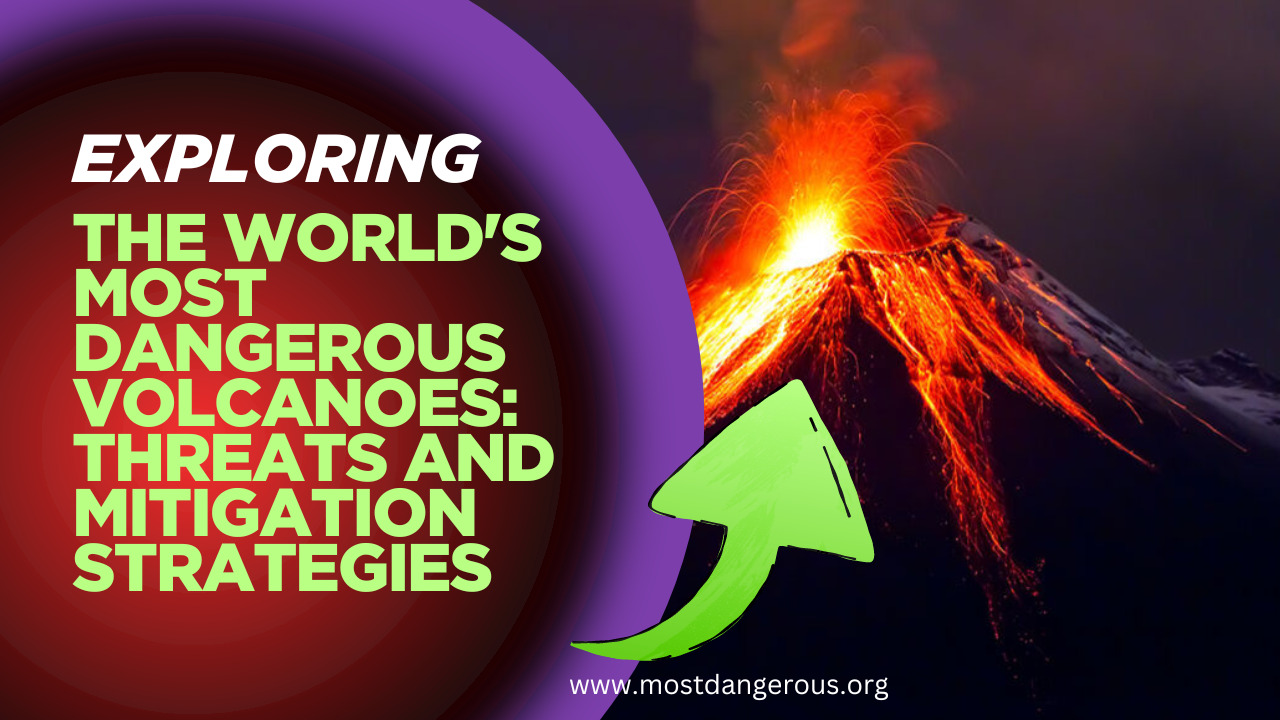Volcanoes, a natural phenomenon that have shaped our planet for millions of years, pose significant threats to human life and the environment. Some of the most dangerous volcanoes globally include Mount Vesuvius, known for its catastrophic eruption in AD 79, Krakatoa, a dormant stratovolcano with a massive ice cap, and Popocatépetl, Mexico’s fiery peak.
These volcanoes pose a significant risk to the populated Naples metropolitan area, and their potential impact is monitored by scientists and evacuation plans are in place.
Collaboration between governments, scientists, and communities is crucial to monitor dangerous volcanoes, educate residents, and develop effective evacuation strategies.
Exploring the Most Dangerous VolcanoesOverview
Volcanoes are awe-inspiring natural phenomena that have shaped our planet for millions of years. While some volcanoes remain dormant, others pose significant threats to human life and the environment. In this article, we explore the most dangerous volcanoes globally, their potential impact, and the measures taken to mitigate their risks.
Mount Vesuvius: Italy’s Time Bomb
Mount Vesuvius, located near Naples, Italy, is infamous for its catastrophic eruption in AD 79. The eruption buried the Roman cities of Pompeii and Herculaneum under layers of ash and pumice. Today, Vesuvius remains active and poses a significant risk to the densely populated Naples metropolitan area. Moreover, scientists closely monitor its seismic activity, and evacuation plans are in place to protect millions of residents.
Krakatoa: The Explosive Island
Krakatoa, situated in Indonesia’s Sunda Strait, is synonymous with cataclysmic eruptions. The 1883 eruption was one of the most powerful in recorded history, resulting in tsunamis, global climate changes, and the collapse of the island itself. Today, Anak Krakatau (Child of Krakatoa) continues to grow, periodically erupting and threatening nearby coastal communities. Moreover, authorities monitor its activity, but the risk remains high.
Mount Rainier: A Sleeping Giant
Mount Rainier, towering over Washington state, is a dormant stratovolcano. Despite its quiet appearance, it poses a severe threat due to its massive ice cap. A sudden eruption could trigger catastrophic lahars (mudflows) that would devastate nearby cities, including Seattle and Tacoma. Moreover, scientists study Rainier’s seismic activity and educate residents about evacuation routes, emphasizing preparedness for a potential awakening.
Popocatépetl: Mexico’s Fiery Peak
Popocatépetl, near Mexico City, is an active stratovolcano with a history of eruptions. Its name translates to “Smoking Mountain,” and it lives up to its reputation. Moreover, the mountain frequent ash emissions, lava flows, and occasional explosions keep authorities on high alert. Moreover, evacuation plans are in place for the millions living in its shadow, emphasizing the need for preparedness and monitoring of volcanic activity.
Conclusion
In a world where volcanic activity remains unpredictable, vigilance is crucial. Governments, scientists, and communities must collaborate to monitor dangerous volcanoes, educate residents, and develop effective evacuation strategies. Additionally, by respecting the power of these geological giants, we can mitigate their impact and protect lives.
